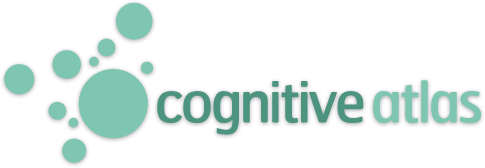Active Cognitive Inhibition
Unreviewed
A mechanism that shuts down non-priority processes to free computational or neural resources.
In your context: the system closes secondary channels when a higher-priority event emerges.
Analogous to gating mechanisms in neural computation or a focus manager in cognitive systems.
I rather trying to translate my own way of brain function haha. so i try to use an Ai to define it and see if I can express it at its best interpretation.
That structure fits neurocognitive taxonomies such as Miyake et al. (2000) and Friedman & Miyake (2017).
Maybe use this refined json: {
"creation_time": 1759852540,
"last_updated": 1759852540,
"id": "trm_gQBevhggQHGxG",
"type": "concept",
"name": "Active Cognitive Inhibition",
"definition_text": "Dynamic, context-sensitive suppression of irrelevant or competing processes to free resources and maintain goal-directed behavior. Functionally analogous to gating in neural computation and a focus manager in cognitive systems.",
"relations": {
"is_a_kind_of": [
"Inhibitory Control",
"Executive Control",
"Attentional Control",
"Cognitive Control Process"
],
"is_a_part_of": [
"Dynamic Executive Attention System",
"Cognitive Control Network",
"Executive Function System"
],
"has_part": [
"Response Inhibition",
"Interference Suppression",
"Task-set Inhibition",
"Selective Attention Filtering"
],
"has_kind": [
"Active Motor Inhibition",
"Active Verbal Inhibition",
"Active Emotional Inhibition"
]
},
"concepts": [
{
"id": "trm_4a3fd79d09b79",
"name": "behavioral inhibition",
"relationship": "KINDOF",
"direction": "parent",
"definition_text": "Disambiguation"
}
],
"relationships": [
{
"id": "trm_4a3fd79d0b043",
"name": "selective attention",
"relationship": "PARTOF",
"direction": "child",
"alias": "controlled attention, directed attention",
"definition_text": "Allocation of resources to one input while attenuating others."
},
{
"id": "trm_4a3fd79d0af66",
"name": "response inhibition",
"relationship": "PARTOF",
"direction": "parent",
"alias": "motor inhibition",
"definition_text": "Suppression of context-inappropriate actions."
},
{
"id": "trm_4aae62e4ad209",
"name": "cognitive control",
"relationship": "PARTOF",
"direction": "parent",
"alias": "executive control, executive function",
"definition_text": "Top-down modulation of cognitive processes based on goals."
}
],
"conceptclasses": [
{
"id": "ctp_C3",
"name": "Reasoning and Decision Making",
"description": "Reasoning and Decision Making",
"display_order": 7,
"relationship": "CLASSIFIEDUNDER"
}
],
"contrasts": [],
"citations": []
}
Definition contributed by AChetrusca
Definition contributed by AChetrusca
Asserted relationships to other concepts
are a kind of
Active Cognitive Inhibition
Active Cognitive Inhibition
No associations
Tasks that are asserted to measure Active Cognitive Inhibition
| Task | Contrast Measure |

